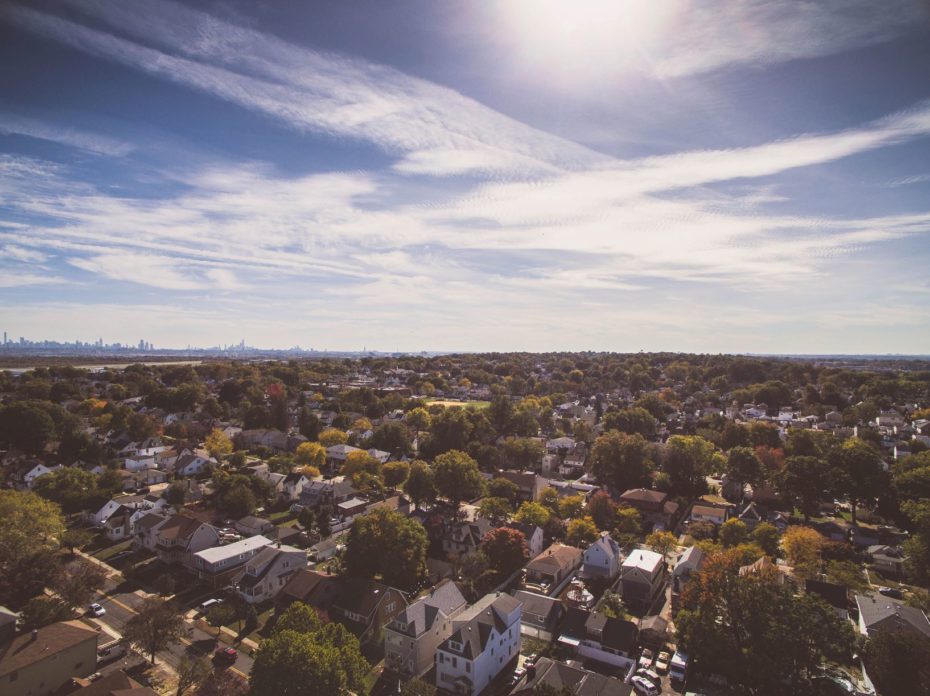When people first learn about human trafficking, they often think that it must be happening “over there” – in another country, state, or city. They don’t often think it could be happening in their community. This may be because they already have an idea of what human trafficking looks like or only know about one form of human trafficking.
But human trafficking is occurring everywhere – in urban cities and rural communities in every state. While many know about sex trafficking and labor trafficking, do they know the types of human trafficking that exist? It is pervasive, and it is important to know what to look for, so that it can be identified, reported, and prevented from ever happening in the first place.
So, how do you know if human trafficking is happening in your community? How do you share with your neighbors, friends, and colleagues that this isn’t happening “over there,” but in the U.S., and likely in your community? Below you will find steps and resources to help you learn about human trafficking in your community and state.
- Learn the hotline statistics for your state. The National Human Trafficking Hotline maintains data from phone calls, emails, and online tip reports from throughout the United States. Each year, they provide their hotline statistics with national and individual state figures. The hotline reviews cases of potential trafficking and records data, including types of trafficking, gender, age, and more. Check out your total state calls and cases. Also, check out the 2018 hotline statistics and fact sheet to see if your area was impacted.
- Review your state profile to combat human trafficking. The Office on Trafficking in Persons at ACF offers state & territory profiles and provides an overview of anti-trafficking activities and resources, including cases reported, top sex and labor trafficking venues, laws, and statewide efforts. This information can help with statistics as well as provide information on efforts in the field that can illuminate communities working to combat human trafficking. These communities can then share what they are encountering and where they are seeing human trafficking.
- Learn about cases in your state. To learn about your state’s federal response to human trafficking, review your state summary in the 2018 Federal Human Trafficking Report by The Human Trafficking Institute. You will find how many new criminal cases, active cases, convictions, and sentencings there were in 2018. Civil case data, including restitution to victims, is also included.You can also check out the Department of Homeland Security news releases and filter by time period, topic (human trafficking or child exploitation), and state.
- Google Alerts. Set up Google Alerts to get email updates specific to the topics you want to learn more about such as labor trafficking, sex trafficking, sexual exploitation, human trafficking, etc.
- Connect with local task forces and coalitions. Local task forces and coalitions often work with local and state law enforcement, as well as federal agencies, and can share what they are encountering in the field. They may be able to share updates about a case, invite a local or state prosecutor to speak, or share new ways they are seeing trafficking and exploitation emerge. They can also provide insight into where victims are recruited in certain communities, where they are transported to, or where they are trafficked within a community.
While your local community may not have had a story reported or case activated, it is important to learn about cases in surrounding areas, as it is possible that a victim was recruited from or transported through your community. Understanding who to connect with so you can know what to look for will help you prevent and report human trafficking in your community. It will also help you share with your friends and colleagues that human trafficking may be a reality in your community.
Now that you have learned more about what human trafficking can look like, take the next step: earn your free Human Trafficking Awareness Badge with Justice U™.

